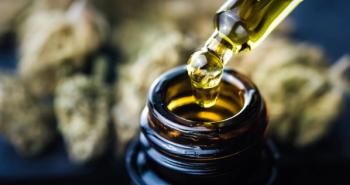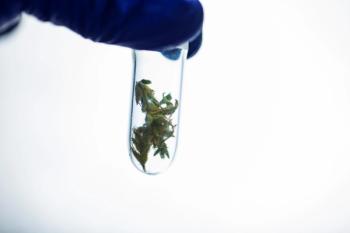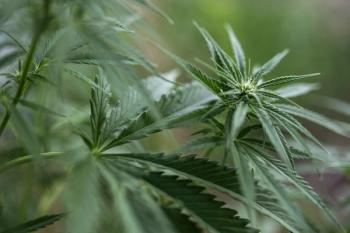
In honor of National CBD Day on August 8, 2025, we are excited to share with you our CBD-themed round up of CBD research.

In honor of National CBD Day on August 8, 2025, we are excited to share with you our CBD-themed round up of CBD research.

Here, we bring you our top five recent articles covering multiple stories on adult-use cannabis sales in Delaware, the top compliance issues in 2025, and research on how medical cannabis affects healthcare utilization by chronic pain patients.

Analysis of two coffee products revealed 70–80% less CBD in the brewed coffee than what was indicated on the label.

Researchers analyzed data from more than 5000 chronic pain patients across 36 US states.

A scoping review of 41 studies finds physicians nationwide report a lack sufficient training to counsel patients on medical cannabis use, with mixed perceptions on favorability of its use.

The Cannabis Research Institute (CRI) at the University of Illinois is actively advancing the cannabis industry through a multifaceted, science-driven, and equity-focused approach. Led by Dr. Reginald Gaudino, CRI distinguishes itself through mandates emphasizing community engagement, social and geographical equity, and real-world impact within Illinois. CRI’s holistic approach aims to strengthen Illinois’ cannabis and hemp industries by integrating scientific research, community needs, and educational empowerment.

Here, we bring you our top five recent articles covering veterans and medical cannabis, cannabis legalized by the Omaha tribe, low THC extracts for Rett syndrome, ICE raids at a cannabis farm, and our newest Noid Factoid.

The results from the in vivo animal study also suggest sex-specific responses to cannabinol (CBN).

In this interview clip from our Higher Education: Research Initiatives That Deepen Our Understanding of Cannabis supplement, Carrie Cuttler, PhD explains the administrative hurdles, strict regulations, and other barriers to cannabis research.

According to a recent study, low THC cannabis extracts could be a potential tool for children diagnosed with Rett Syndrome.

In this interview clip from our Higher Education: Research Initiatives That Deepen Our Understanding of Cannabis supplement, Carrie Cuttler, PhD, describes results from a recent placebo-controlled FDA-approved clinical trial on THC’s impact on memory.

Here, we bring you our top five recent articles covering revoking medical cannabis cards in Florida, testing and sampling initiative in Missouri, our mid-year regulations roundup, depenalization ordinance stopped in Texas, and accuracy in THC labeling in flower versus concentrates.

In this interview clip from our Higher Education: Research Initiatives That Deepen Our Understanding of Cannabis supplement, Carrie Cuttler, PhD, explains the goals and projects of the Center for Cannabis Policy Research and Outreach at Washington State University.

Data from a recent study discovered that THC labeling was more accurate in concentrate products than with cannabis flower.

Despite federal hurdles, WSU researchers at the Center for Cannabis Policy Research and Outreach (CCPRO) are expanding cannabis science and collaboration.

Daniela Vergara, PhD, discusses her work with on the production of photo periods and the importance of data sharing.

We’re halfway through 2025, so let’s revisit the top five articles this year covering research, regulations, and other industry insights.

The results highlight gender disparities, uncertainty about vape contents, and the growing use of synthetic products.

Daniela Vergara, PhD, explains her work with the Cornell Cooperative Extension.

Here, we bring you our top five recent articles covering medical cannabis in Texas, cease-and-desist letter response, pardons in Maryland, cannabis in Thailand, and research on autism and cannabis.

Results included improvements in aggression, hyperactivity, and communication, but a strong placebo effect was also observed.

Here, we bring you our top five recent articles covering medical cannabis in Hawaii, a new dispensary in Connecticut, pesticide testing in California, a cease-and-desist letter to a dispensary on Long Island, and a global survey on cannabis for endometriosis.

The study tested the effects of real-world cannabis products categorized by four modes of administration: dabbing, vaping, bong-like, or joint-like products.

A survey of nearly 900 endometriosis patients across 28 countries highlights cannabis as a preferred alternative to pharmaceuticals, despite legal, social, and medical communication barriers.

A recent study found that CBD gummies may not have accurate labeling on how much the cannabinoid it contains.